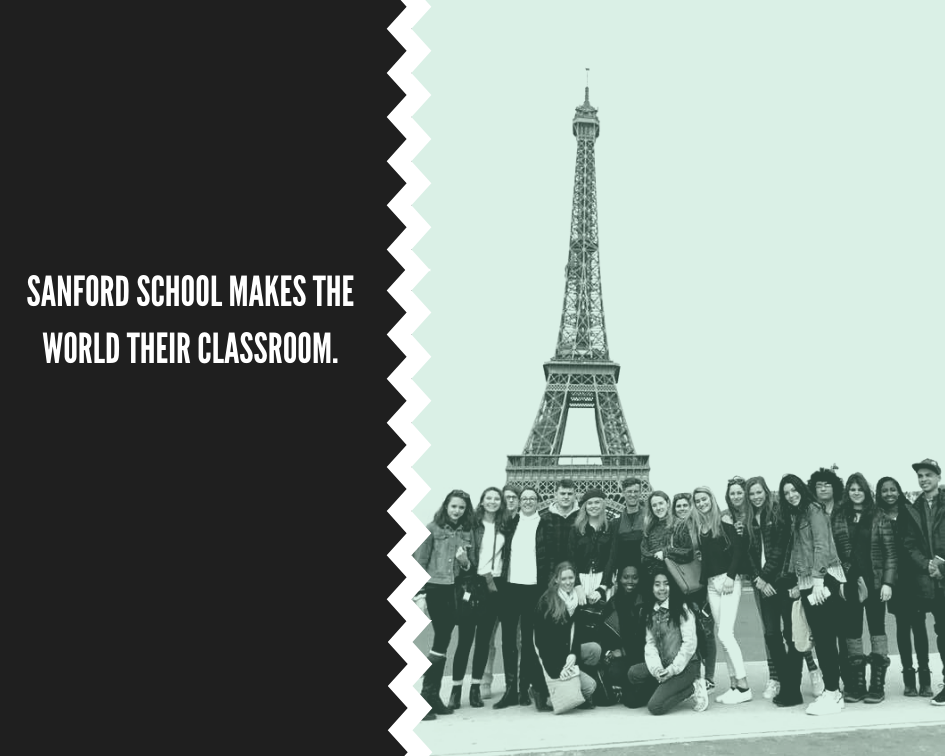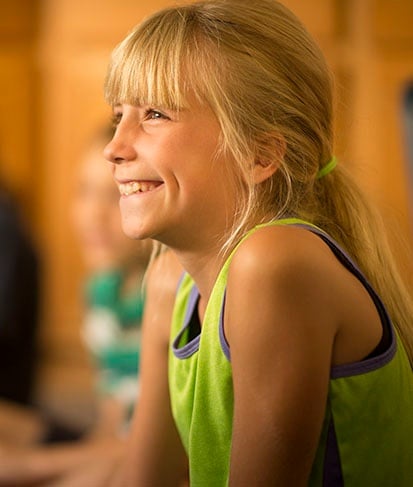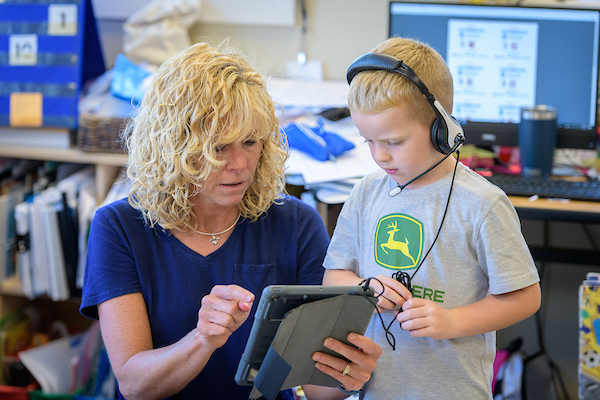Authored collaboratively by the faculty of Sanford School
Recent Posts
Experiential, International Learning
STEM! STEAM! 21st Century!: The ABCs of Educational Buzzwords, Part 2
As in many industries, trends in education come and go—sometimes quickly. Each trend often comes with its own acronyms or new educational buzzwords to describe specific types of teaching and learning. This can be overwhelming to parents who are trying to evaluate school options for their children. Sanford School’s faculty members have devised a “cheat sheet” incorporating their own observations to help you work your way through the current lingo.
Higher-Order Thinking Skills:
Higher-order thinking skills include critical, creative, logical, metacognitive, and reflective thinking skills that allow students to learn, improve their learning, and prepare them for the future. Teachers model these skills in lessons in order for students to construct these skills necessary for success. Some teaching models are Bloom's Taxonomy and Marzano's Dimensions of Learning.
“I try to get students to use their higher-order thinking skills (HOTS) every class period. Be it a lab, research, 3-D design, or printing, I always answer a question with a question. What do you think? Tell me what you know. Why won't I tell you the answer? If a student is truly lost, I will ask guided questions to lead them to the answer they want.”
Makerspace
A makerspace is a learning space with the tools, equipment, and space for creative, collaborative teaching. Tools can be a mix of high tech (3D printers, laser printers) to low tech (LEGO bricks, recycled materials). It provides students a place to brainstorm, try, fail, and problem solve. Lessons are typically project- or problem-based and include the following stages of the design process: Ask, Imagine, Design, Build, Evaluate, and Refine.
“Complete creativity should be encouraged without the stress/pressure of a grade.”
Topics: STEM
STEM! STEAM! 21st Century...The ABCs of Educational Buzzwords Part 1
As in many industries, trends in education come and go—sometimes quickly. Each trend often comes with its own acronyms or new terms to describe specific types of teaching and learning. This can be overwhelming to parents who are trying to evaluate school options for their children. Sanford School’s faculty members have devised a “cheat sheet” incorporating their own observations to help you work your way through the current lingo.










